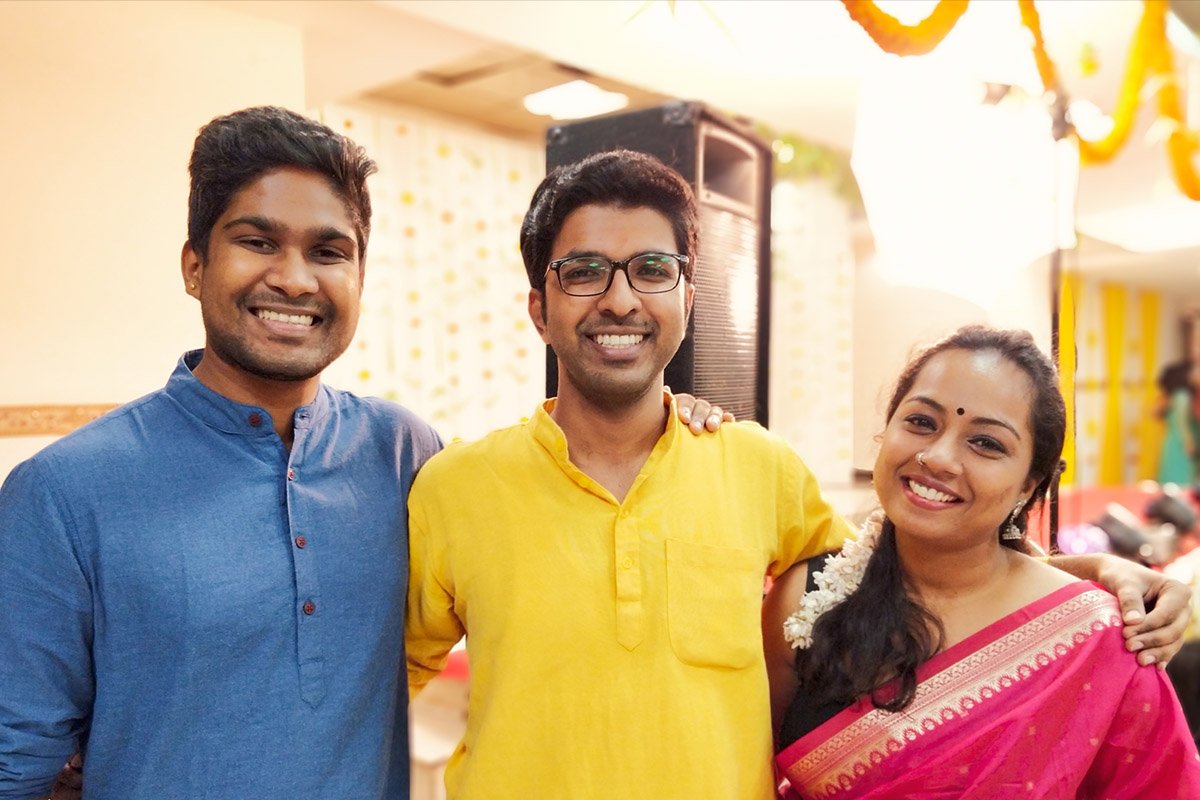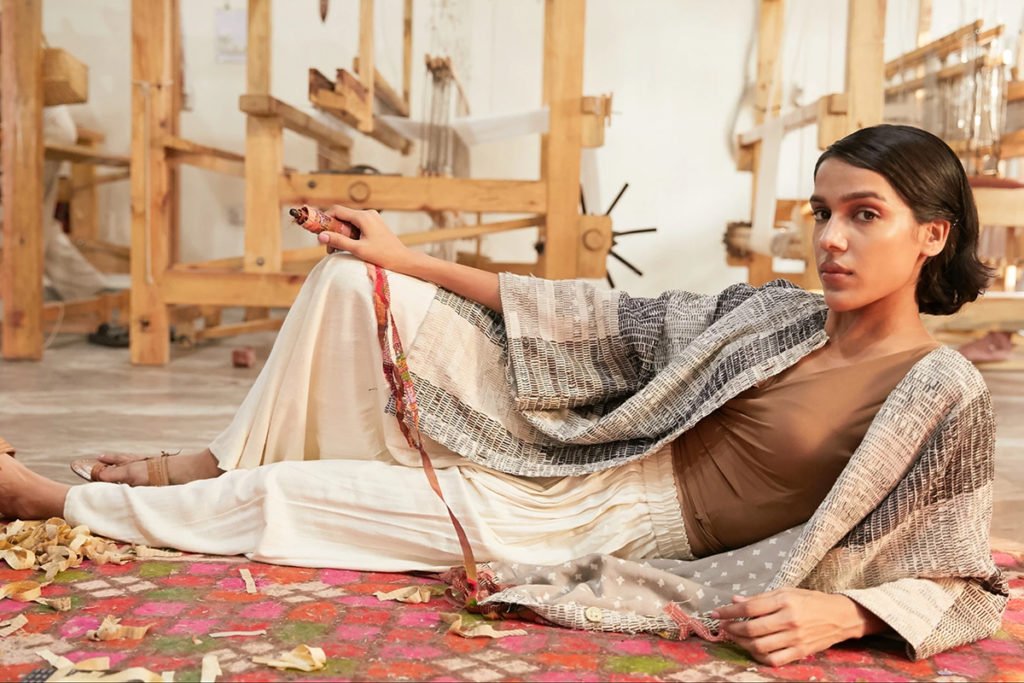What happens when a journalist, who digs out news stories for a newspaper handed to you with a cup of tea every morning, ventures into the fictional universe of stories? A city finds a new storyteller, and in this case, three. A poster trumpeting a storytelling workshop in Kathalaya inspired the trio, a Chennai based journalist Arjun Narayana, Shweta Balambal, and Karthik Krishna, to set up Simply stories.
Three years ago, an initiative that started with their friends on the audience’s seats gradually drew a crowd of unknown listeners. The growing audience indicated arousal of curiosity in them, and that was enough for the storytellers to keep up with the epics and classics.
Tell a tale
In times of emerging platforms that act as a stage to voice personal stories, these storytellers are dusting off old books and reviving the forgotten tales. For them, to become a channel for stories curated in the homeland is the foremost. “When we started, we considered stories from all over the world, but then that’s something people were already reading. We don’t need to give them a push to read O Henry or Charles Dickens’ work. We should be urging them to read Munshi Premchand, Sharad Chandra Chattopadhyay, or other Indian writers whose names are maybe the only thing we know. Now, people can listen to them even if they can’t read it,” Arjun tells me while discussing the need to transcend the language barrier to unbox a “treasure trove of stories that lies in the regional languages.” We read and are encouraged to read foreign authors who write in English. Although Hindi literature has a wide range of readers, the books which are written in regional languages rarely make it our bookshelves.

The team of Simply stories is multilingual, and they read in four languages. Arjun informs me that amid the lockdown, he has been making the most of it and taking up Sanskrit classes. The agenda behind that is to explore the stories in their original language.
“There will always be something new to explore in their original format.”
says Arjun Narayana
“The concern of stories not being passed on has been an old one,” he mentions and further indicates that the problem lies in the lack of good content and the creators in our country. “Anant Pai, the founder of Amar Chitra Katha, said that our kids are unaware of our stories at the time he started in the ’60s. So, efforts are made in a generation, and it starts again,” he adds.
Old theme, new forms
Storytelling is humankind’s oldest art form. Even before there were ink and paper to compose stories, they have existed and been exhibited. Like water in different vessels, it has evolved with the changing means. In modern times, old-world art has a newfound fanbase. “We give them different names. The Urdu traditional art of storytelling is known as Dastangoi; when narrated in Tamil, it’s called Kathakalakshepa. These are the traditional forms prevailing before the current formats,” Arjun enlightens me, the unaware.
View this post on InstagramA post shared by Simply Stories Chennai (@simplystorieschennai) on
Speaking of today’s scenario when it comes to storytelling as a full-fledged profession, he says, “Internationally, a massive number of people are pursuing a career in this art form. Even in the modern set up, there are full-time storytellers, and it will grow. However, in India, it’s difficult to have an off-beat career, but people out there are still doing it.”
Later on, in the conversation, he states that storytelling is a skill that humans come with. We need to polish that with some formal training to a certain extent. “Without consciously thinking, we do it. Children, when growing up, often create an imaginary classroom, converting a part of the wall into a blackboard. They are supremely expressive. Over time we develop shyness and inhibitions. We are all storytellers; our moms didn’t perform publicly, but they did it for us. To do it professionally, we need to indulge in deep research. It isn’t just about narration,” he further says.
The power of storytelling
Tuning into a storytelling program on the radio during my study breaks is something I remember I did in my schooldays. That show has been my companion ever since. Although the story itself majorly influences us, its narration can often be traced as a catalyst.

Arjun expresses what effect the same tale has on the medium, here, the narrator. “Each time you revisit a story, we do it differently, whether as a listener or a narrator. To say, after ten years read a story, now I would be reading it with a lot of experience of life. That’s something you bring when you narrate the story, which is very individual to the narrator. Why do you like this person’s work more than others? It’s because of the way it was narrated to you. That is where the storyteller comes into being. For example, when we read stories of Ruskin Bond, we see that it’s important to cherish these small pleasures of life. You have to experience it to make the listeners do the same,” he says.
Some stories, when narrated, turn into a cleansing process for the storyteller.
says Arjun Narayana
Demographics are no barriers when we talk of stories. But a portion of millennials and GenZ, almost unflattering terms now, are perceived to be gripped by the ‘Instagram stories’ more. Narrating an anecdote from a friend’s sangeet ceremony, where they performed, Arjun tells me how an anticipated “flop” turned into an overwhelming experience. “We never thought that senior citizens would enjoy our show. Over time, we have seen many senior citizens attend our events regularly. They go back with new learning, and that is very humbling to us. We thought this session would be a complete flop. But there was pin-drop silence, and people enjoyed it. There was cutting across ages, and that was an outstanding experience for us. It was a non-curated crowd,” he recollects.
Bring it home
Simply stories has a new address for you to reach, on Facebook, after being ‘socially distanced’ from the audience close by. A shift to the virtual world was necessary for the project to sustain. “The online connectivity is so bad, I feel like I am narrating to the wall,” Arjun describes how adapting to the new medium is yet in process. The live events with a room full of listeners helped him express himself with verve. However, like most folks, he, too, is looking through rose-colored glasses at the current circumstances. “A person sitting in the USA attends our session now. We could never have thought of it,” he points out the silver lining of the cloud.
Social media has evolved into a vital element to thrive and survive. The turn of events has made the aforementioned fact more concrete. Hence, the team began a series online named ‘Home story.’ Arjun, who agrees that social media presence is a requisite for access to a broader audience, says, “it can create a good balance of online and offline. That’s where we need to put some attention. Because sometimes life is as good as it is on social media.”






